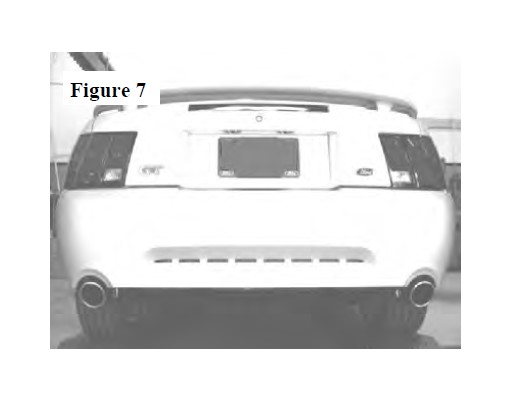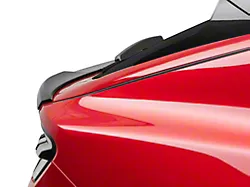
Top Sellers in Mustang Mach-E
How to Install Borla ATAK Cat-Back Exhaust (99-04 GT, Mach 1) on your Ford Mustang

Shop Parts in this Guide

Borla Performance Cat-Back™ Bill of Materials


Caution!!! Never work on a hot exhaust system. Serious injury in the form of burns can result If the vehicle has been in use and the exhaust system is hot, allow vehicle to cool for at least 1 hour. Always wear eye protection when working under any vehicle.
Note: It is our recommendation that you use a hoist or hydraulic lift to facilitate the installation of your new Borla Performance Exhaust System.
Taking all under car safety precautions, lift the vehicle using a hoist or hydraulic lift. Once this has been done, you may begin the removal of your old exhaust system from your vehicle.
Note: Before removing the original exhaust system from your vehicle, please compare the parts you have received with the bill of materials provided on the previous page to assure that you have all the parts necessary for the installation of your new Borla Performance Exhaust Sys-tem.
Original Exhaust System Removal
Note: With a used vehicle, we suggest a penetrating spray lubricant to be applied liberally to all exhaust fasteners and allowing a significant period of time for the chemical to lubricate the threads before attempting to disassemble.
1. Beginning with the passenger side, use a reciprocating saw or a hacksaw to cut the original exhaust just after the muffler assembly as shown in figure 1.
2. Lubricate all hangers and rubber brackets.
3. Remove hanger located on tail pipe assembly from rubber bracket and remove the tail pipe assembly from vehicle as shown in figure 2.
4. Using a muffler stand or an additional person to hold the muffler assem-bly up in place, unbolt the flange just in front of the muffler assembly shown in figure 3 and remove the hangers located on the muffler assem-bly from the rubber brackets.
5. Remove the muffler assembly from your vehicle as shown in figure 4.
6. For the removal of the driver side exhaust, repeat steps 1 through 5.
Warning: Use extreme caution during installation. Torque all fasteners according to manufacturer’s torque values and tightening sequence. DO NOT use air impact tools to tighten fasteners on Borla Performance Exhaust Systems. Use of such tools may result in bent flanges or gasket contact areas leading to exhaust leaks.




Warning: Use extreme caution during installation. Torque all fasteners according to manufacturer’s torque values and tightening sequence. DO NOT use air impact tools to tighten fasteners on Borla Performance Exhaust Systems. Use of such tools may result in bent flanges or gasket contact areas leading to exhaust leaks.
Borla Performance Exhaust System Installation
1. Using the original hardware, place the flared front pipe/flange assem-blies into position as shown in figure 6. Secure the hardware hand tight.
2. Place a clamp over the expanded end of both left and right muffler as-semblies and set them into position as shown in figure 6 installing the hangers into the rubber brackets.
3. Place a clamp over the expanded end of both left and right tail pipe assemblies and place them into position installing the hangers into the rubber brackets. DO NOT tighten the clamps.
4. Check your exhaust system for proper clearance under the vehicle and also for tip alignment.
5. Once position has been determined to be correct, tighten the Accuseal clamps to 32-35 ft. lbs.
6. Secure the flanges to the vehicle manufacturer recommendations.
7. Before starting your vehicle, make sure to check all wires, hoses, brake lines, body parts and tires for safe clearance from the exhaust system.
8. Start vehicle and check for any leaks. If any leaks are found, determine cause (such as loose or incorrectly positioned clamp) and repair as nec-essary.
Note: When you first start your vehicle after the installa-tion of your new Borla Performance Exhaust System, there may be some smoke and fumes coming from the system. This is a protective oil based coating used in the manufacturing of mandrel bent performance exhaust tubing. This is not a problem and will disappear within a very short period of time after the exhaust has reached normal operating temperatures.


















